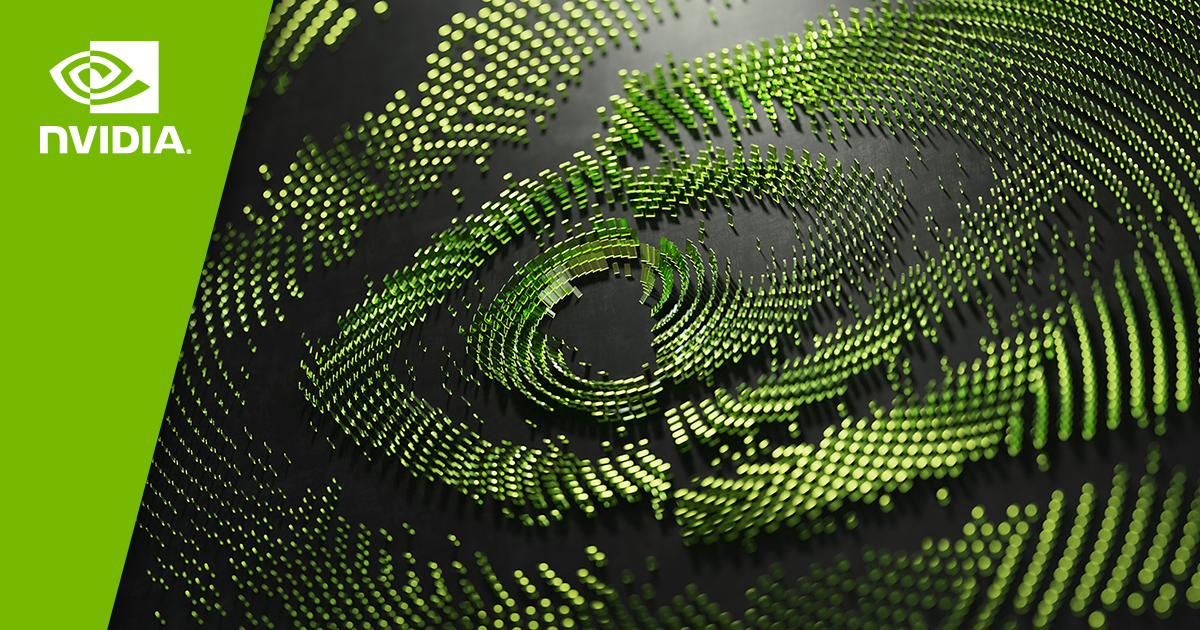Whilst I've seen people talk about this in other threads, I'd like to get everyone's opinion here as well: what are you expecting in terms of positioning for this device? A clean break alá Gamecube to Wii to Wii U? A Pro version alá Xbox One to One X or the smartphone model where it's really a successor but the company rolls the sales numbers of the successor in with the original device like Apple has done with the iPhone?
I think I've made my opinion on this rather plain, but I'll reiterate in here, too.
I expect it to not be what people typically define as a "clean break" for Nintendo: it will not feature vastly different form factors, inputs (such as the transition from controller to motion controls to touchscreen with the last 3 console generations), game media (mini-DVD to DVD-esque to pseudo-proprietary disc media), etc.
This upcoming transition will be far closer to the transition from NES to SNES in a bunch of ways, but the Switch will have FAR more in common with its successor than NES and SNES did. Maybe some minor controller changes (for example: adding Gamecube-esque analog triggers, Bluetooth 5 for better battery life), but I half-expect a form factor incredibly similar to OLED, very similar game cards (to allow it to accept standard Switch game cards, if nothing else), minimal to no OS changes, blah blah.
The primary changes will all be internal and what it is capable of, which will be a much larger leap than PS4 to PS4 Pro, just by virtue of the system-on-chip that will be in it, and on that basis alone, it will be an actual-factual hardware transition, where Nintendo will dedicate all its game production to it. The timeline of that transition by Nintendo is what's up in the air and only Nintendo will be able to answer that, though I don't expect it to take longer than 2 years. Not every game they make will need the extra horsepower under the hood, which will permit a cross-gen development situation that could last longer than most; even with cross-gen games, while the initial games will be engineered for Switch and tweaked up, at some point shortly after release, the new hardware will become the target and Switch will get some games with a version tweaked down to meet its capability, so long as it is not a major development expense to do so.
But what I consider undeniable is that it will not be marketed in a way that says "this is just a Switch that does 4K" like PS4 Pro or XB One X were. It will be Nintendo's "generational leap", still a fair amount weaker than PS5 and XB Series by virtue of its hybrid/portable nature, but far closer to those 2 than most likely expect it to be. And Nintendo will absolutely market it as such a generational leap. In my opinion, marketing the next Switch as just another Switch operating in 4K would leave potential buyers asking "well, why would I buy this if it's just a 4K Switch? I don't even have a 4K television, so why should I care?" And for a piece of hardware that will have exclusive software from 3rd-parties right out of the gate and from Nintendo within the first 2 years, cutting a hardware release off at the knees by marketing it that way would be a terrible mistake.
All that said, there's this conception floating around here that new hardware means that Switch will shrivel up and die, but leaving aside how software sales bottomed out on Wii and leaving out any cross-gen development that may occur, when Nintendo had successful hardware in the past, its longevity after the introduction of a generational leap was quite strong because prior hardware was priced accordingly and had a well-established library. Switch currently has the library to make that the case, all it will need is adequate price reductions to keep it selling at retail long after new hardware is introduced. As a reminder, Famicom wasn't discontinued in Japan until 2003, and they repaired Famicom hardware until 2007 when they finally ran out of viable replacement parts. When they talk about platform longevity, this is what I think Nintendo was talking about, creating a piece of hardware that looms large in gamer consciousness long after official software support has ended, continuing to perform at retail for several years after.
TL;DR - It won't be a "clean break", as people put it, but my assertion is that it absolutely will be a "break" of some sort, one that doesn't immediately sacrifice Switch's place at retail the way people believe it will.






